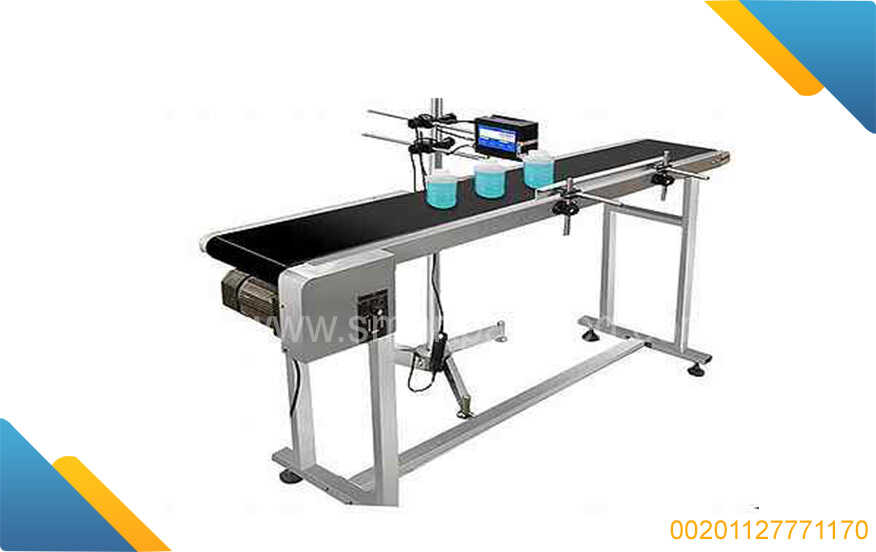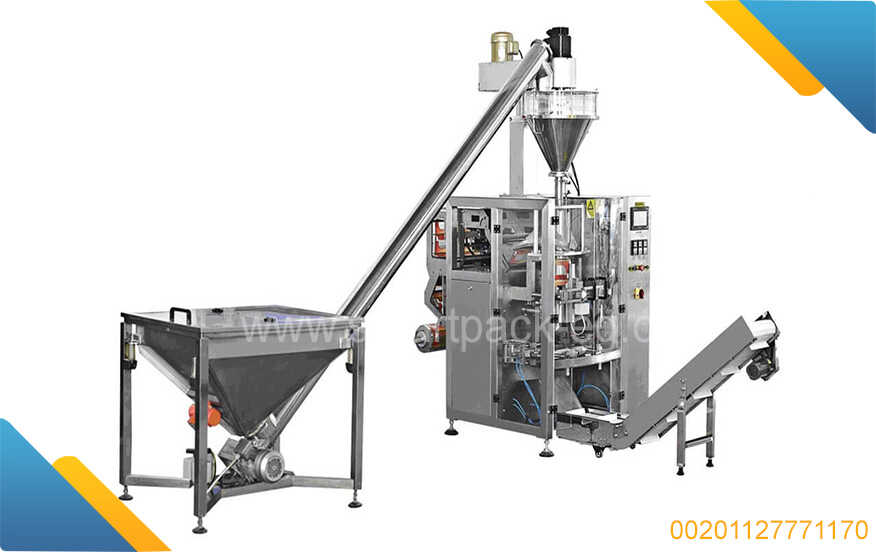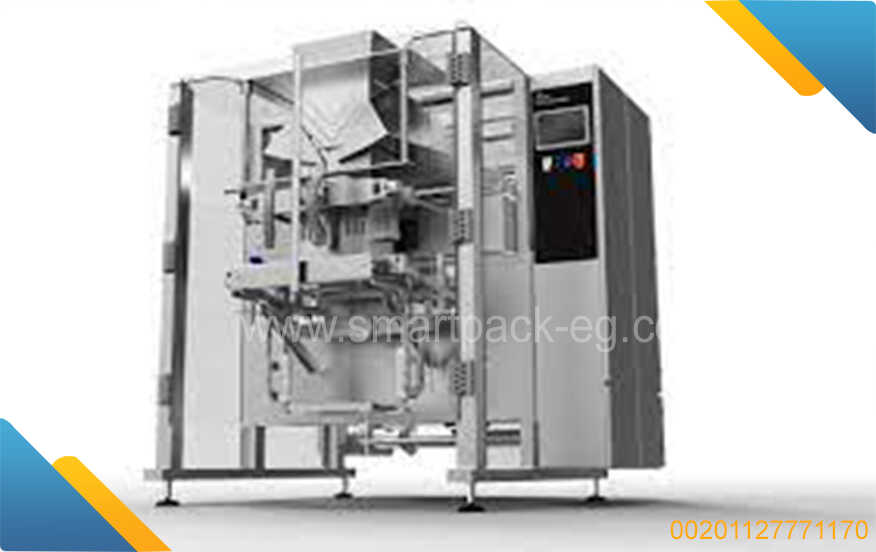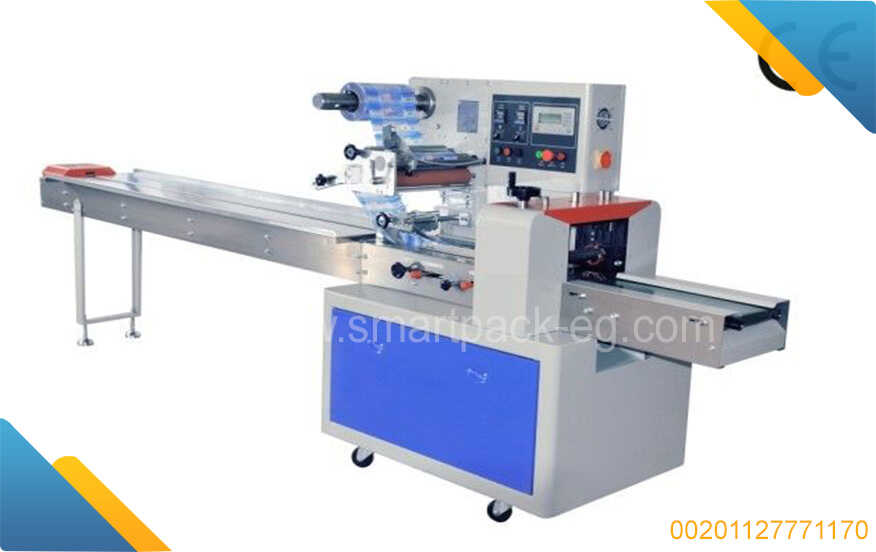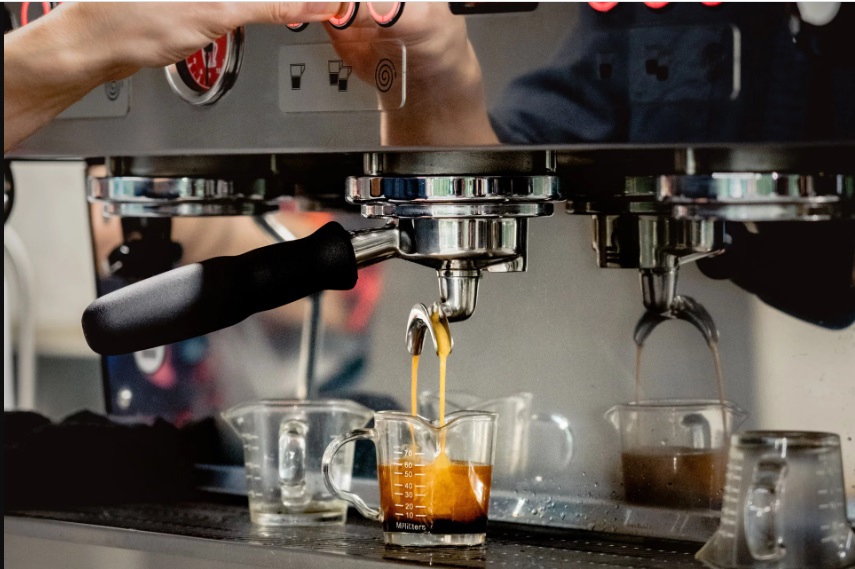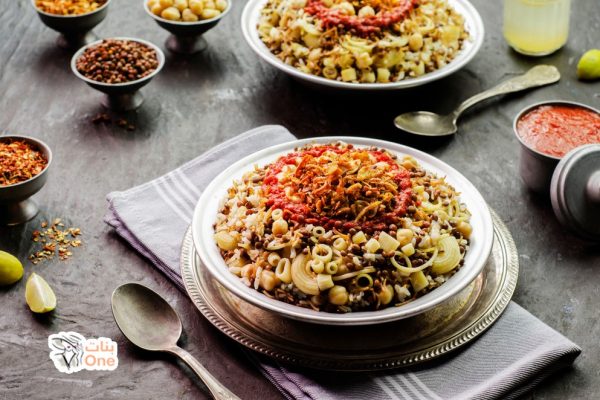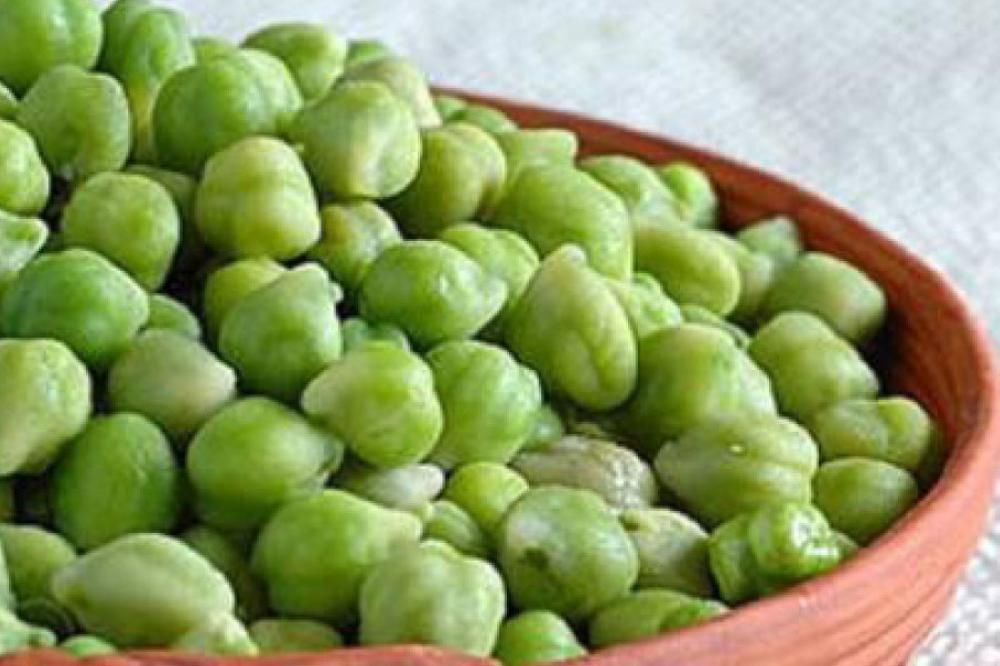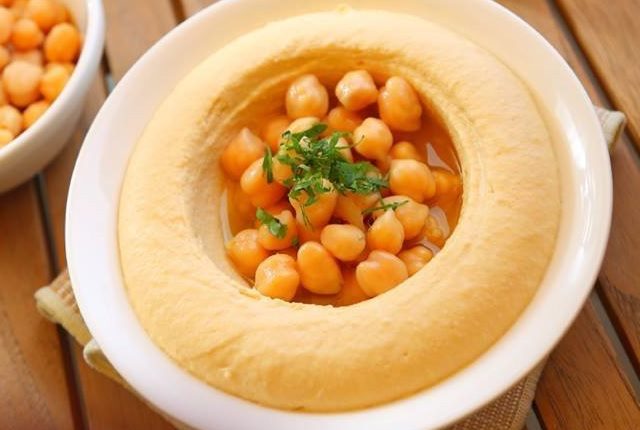How to Guide: Cultivation of Olive Trees in Tunisia and Olive Packaging Machines After Harvest
Introduction:
Olive cultivation is an important industry in Tunisia, with its ideal climate and fertile soil. This guide aims to provide an overview of the cultivation process of olive trees in Tunisia, along with insights into the use of olive packaging machines post-harvest.
I. Selecting the Right Olive Variety:
- Consider local climatic conditions and soil types.
- Popular olive varieties in Tunisia include Chemlali, Chétoui, and Koroneiki.
- Consult local agricultural experts to determine the best variety for your specific location.
II. Site Preparation:
- Choose well-drained soil with good sun exposure.
- Clear the area of weeds and rocks.
- Test soil fertility and make necessary amendments.
- Prepare planting holes or trenches, ensuring appropriate spacing between trees.
III. Planting Olive Trees:
- Source healthy saplings from reputable nurseries.
- Plant during the dormant season (November to March).
- Dig a hole larger than the root ball and backfill it with soil and organic matter.
- Water the newly planted tree thoroughly.
IV. Pruning and Maintenance:
- Prune young trees to shape them and promote proper canopy structure.
- Regularly remove suckers and any diseased or damaged branches.
- Control weeds around the base of the tree.
- Provide adequate irrigation during dry periods.
V. Fertilization:
- Conduct a soil analysis to determine nutrient deficiencies.
- Apply organic fertilizer or balanced mineral fertilizers according to the soil requirements.
- Consider split applications during key growth stages (early spring and after harvest).
VI. Pest and Disease Management:
- Identify common pests like olive fruit fly, olive moth, or scale insects.
- Implement integrated pest management strategies, including cultural practices and biological control methods.
- Monitor for diseases such as olive knot and olive leaf spot.
- Use approved fungicides or pesticides when necessary (follow label instructions).
VII. Harvesting Olive Trees:
- Determine the appropriate time for harvesting based on olive ripeness and desired oil quality.
- Harvest olives by hand or use machinery like olive shakers and harvest nets.
- Collect the olives in well-ventilated containers to prevent spoilage.
VIII. Olive Packaging Machines after Harvest:
- Sorting: Use sorting machines to separate olives based on size, color, and quality.
- Cleaning: Employ machines that wash and remove any debris or impurities from the olives.
- Grading: Utilize grading machines to classify olives based on size and maturity.
- Packaging: Invest in automated packaging machines to ensure efficiency and hygiene standards.
- Vacuum sealing machines help preserve the freshness of olives.
- Labeling machines facilitate product identification and information.
Conclusion:
Cultivating olive trees in Tunisia requires careful selection of the right variety, appropriate site preparation, and ongoing maintenance. Additionally, investing in olive packaging machines after harvest can enhance the efficiency and quality of olive processing. With these guidelines, you can embark on a successful olive cultivation journey and leverage modern packaging technology for a thriving olive business in Tunisia.

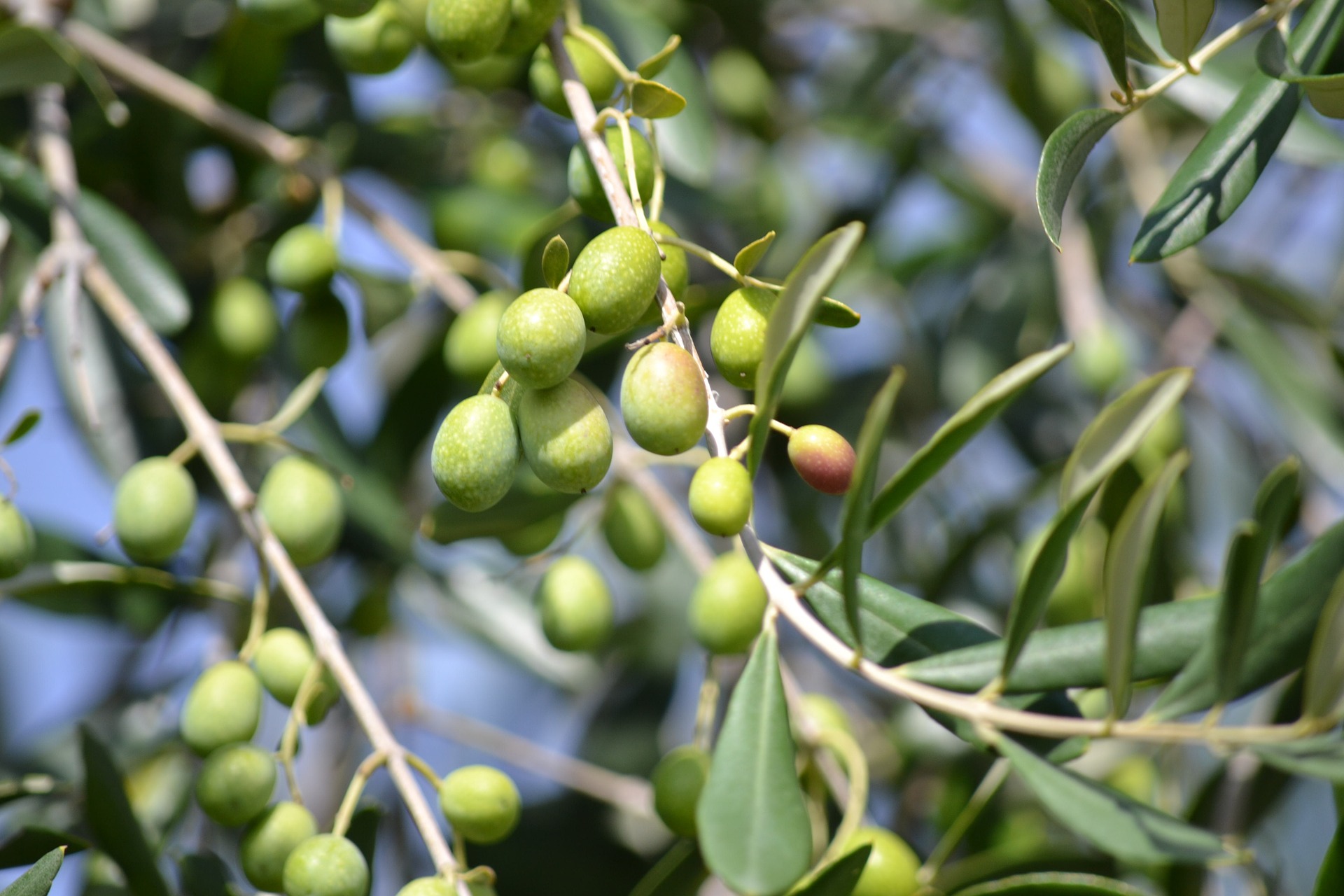
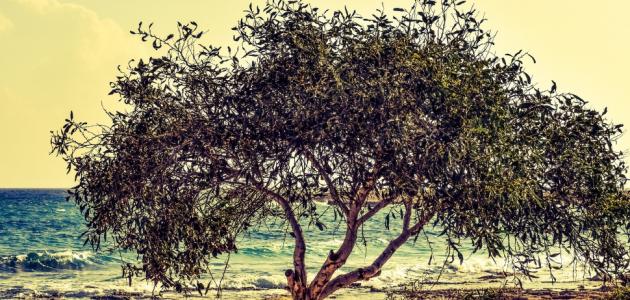
 Admin
Admin 